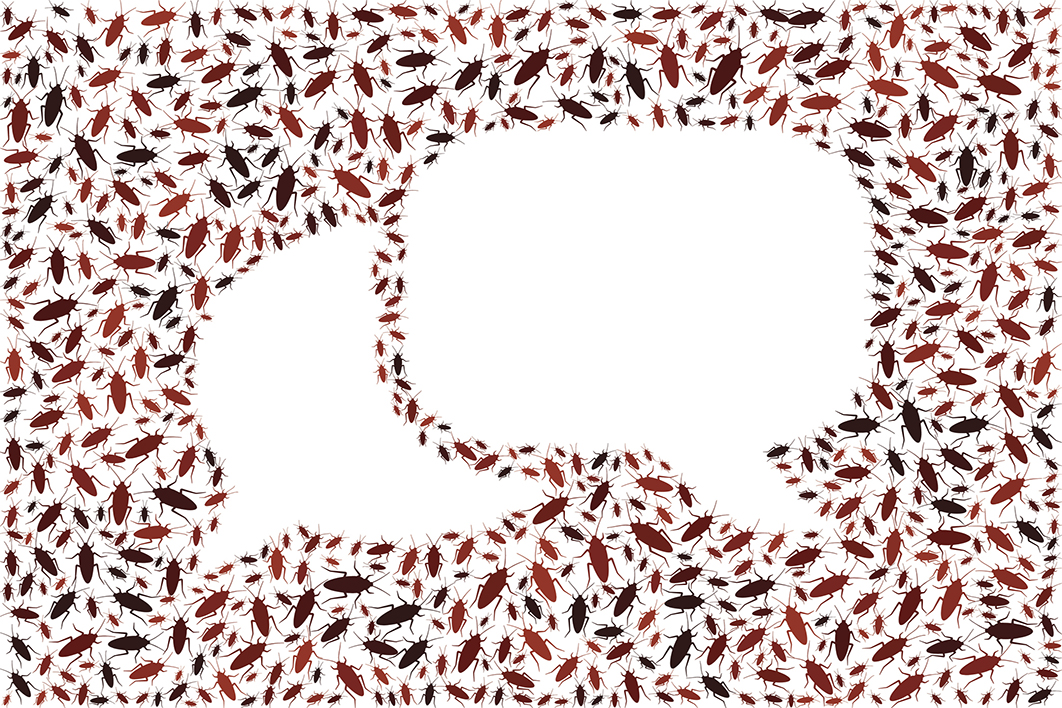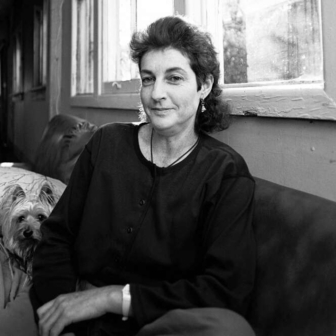On the Offensive: Prejudice in Language Past and Present
By Karen Stollznow | Cambridge University Press | $24.95 | 322 pages
By the time you read this, I’m guessing you might be hoping never to hear Donald Trump’s name again. But bear with me for just a moment. Trump made much political mileage out of using offensive language — from labelling Elizabeth Warren “Pocahontas” to calling women who disagree with him “nasty” and “crazy.” He reminds us, with all the subtlety of a sledgehammer, of the pervasiveness of offensive language in our public life. And he tempts us to pull out some offensive language of our own to describe him. While there are some obvious epithets to apply, mostly beginning with “f” and “d,” we might also be inclined to use descriptors such as “crazy,” “demented” and “idiotic.” (You will have others; I’ll let you fill them in.)
But Karen Stollznow’s book might make you pause over how you choose to describe a man like Trump. In fact, it might make you think again about the nature of the language you use every day.
When I began reading this book, I felt pretty virtuous. The first few chapters cover racism, sexism, ethnic stereotypes and the language of religious discrimination. While I might have been guilty of using a term such as “Bible-basher” on occasion, I felt relatively satisfied that I am usually careful with my language. This is all language someone else uses, I said to myself as I read.
But then I got to the chapters on the language of illness and disability, the language of “lookism,” and the language of ageing, and I felt a bit less comfortable. I use words such as “crazy” (in the colloquial sense) all the time; I’m fond of the phrase “he’s no oil painting” as a kind-of-euphemism for someone who isn’t aesthetically pleasing, and, as an aggrieved gen Xer, I’m almost obliged to make the occasional disparaging comment about baby boomers.
Our language is permeated with words that can be considered offensive, as this book ably demonstrates. Stollznow is a linguist at Griffith University, and one of her main research interests is lexical semantics. Here, she draws together a vast constellation of terms, historical and contemporary, that could be said to reflect prejudice. With an excellent command of her material, she carefully takes us through these terms, largely organising her discussion around semantic rather than historical principles.
The first chapter is the most confronting. Dealing unflinchingly with the language of racial prejudice, Stollznow guides us through the language that today is undoubtedly our society’s most taboo. She concludes that while being a racist is no longer something anyone would want to be called, the language of racism remains with us. Subsequent chapters deal with various other epithets, slurs and forms of discriminatory language, hammering home just how many terms we use, and have used, to vilify, label and discriminate against others on the basis of their race, ethnicity, age, looks, size or any other attribute deemed worthy of attention. It’s a pretty shameful record.
Stollznow doesn’t only catalogue the language of prejudice. In some cases, she also provides a valuable guide to navigating some of the tricky issues around language use in relation to gender fluidity, for instance, or disability. In her conclusion, Stollznow makes it clear that she hopes her book doesn’t just lay bare the language of prejudice but also goes some way to being useful in the workplace, the community, and legal and political arenas. On the Offensive thus provides help for those who may be looking for guidance on areas of language use that have shifted considerably in recent times. The most valuable piece of advice in the book — other than the need to remember the value of respect and empathy — is to ask the person or group what their preferred term would be. This is an excellent guiding principle when thinking about usage in more formal contexts.
In some ways, though, I had mixed feelings about this book. At first, I found the catalogue of words piled up on the page almost too hard to take. There is something about long lists of slurs and epithets — some historical, many not — that can be overwhelming. At times I wished Stollznow had taken more of a historical perspective — without teasing out change over time, words can wind up lacking an anchor in the social, political, cultural and historical perspectives that produce them. This perhaps reflects my own interests as a historian and a historical lexicographer. Numerous interesting facts, etymologies and current usages are mentioned, and this did help to ground the analysis in examples of real usage, but I would have liked even more examples of the way language can wound — of the lived experience that really points to the damage prejudiced language can inflict.
There were also times when Stollznow could have teased out the differences between the national contexts that shape these vocabularies of prejudice. She looks at words from across all (settler) varieties of English, with many American examples and some from Britain, Australia, Canada and South Africa. While all these countries share a history of imperialism and/or settler colonialism, their vocabularies have evolved in distinctive ways. It might have been interesting to explore this just a bit further; again, this might have grounded the discussion a little more in real experiences and contexts, and so given the discussion additional power.
Having said all that, it is essential to recognise the very important contribution a book such as this makes to our public discussion. It calls on us to — as we would now say — “check our privilege.” I found myself reflecting on the language I use — even in jest — and wondering whether some should be retired from my active vocabulary. But it also prompts deeper soul-searching. Stollznow says she would like her book to be “about raising awareness of prejudice in language,” and believes that practising empathy in how we use language can help address the problem of hurtful, prejudiced language. She concludes on a hopeful note: language is not just divisive and dehumanising; it can also “heal and comfort,” it can “show solidarity and community,” and it can reflect our diversity.
These are worthy ambitions and ones we should support. But it’s unlikely that change can or will be effected in all areas of our language. The language of prejudice that falls at the more taboo end of the spectrum (race, disability, homophobia and so on) will be carefully policed in public discourse and, as it rightly should, dropped from popular usage for many of us, if it hasn’t been already. Yet a whole range of the offensive language touched on by Stollznow will be harder to shake. The colloquial use of words such as “crazy” or “loony” will be difficult to shift, and what would we Australians do without phrases like “face like a smashed crab”? These semantic areas pose a greater challenge because the prejudices invoked by these kinds of terms are not yet deemed to be as unacceptable.
It’s also unclear that we are moving towards an ideal, progressive moment where prejudice in language disappears altogether; in fact, not only is this likely to be unrealistic, there exists a considerable and ongoing backlash against what many people perceive to be the over-engineering of language as a result of “political correctness.” These issues remain with us, and remain complicated. Perhaps it’s safest, then, to fall back on the idea, advocated by Stollznow, of employing empathy, respect and compassion in our language — as perhaps in all things. •




